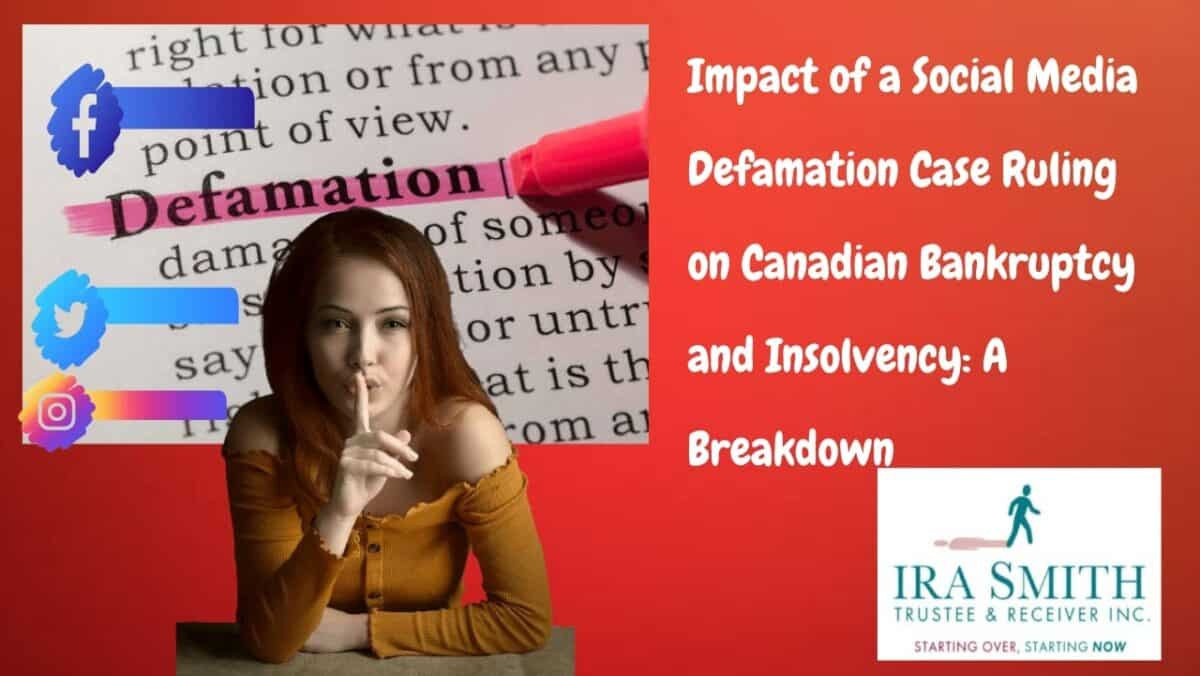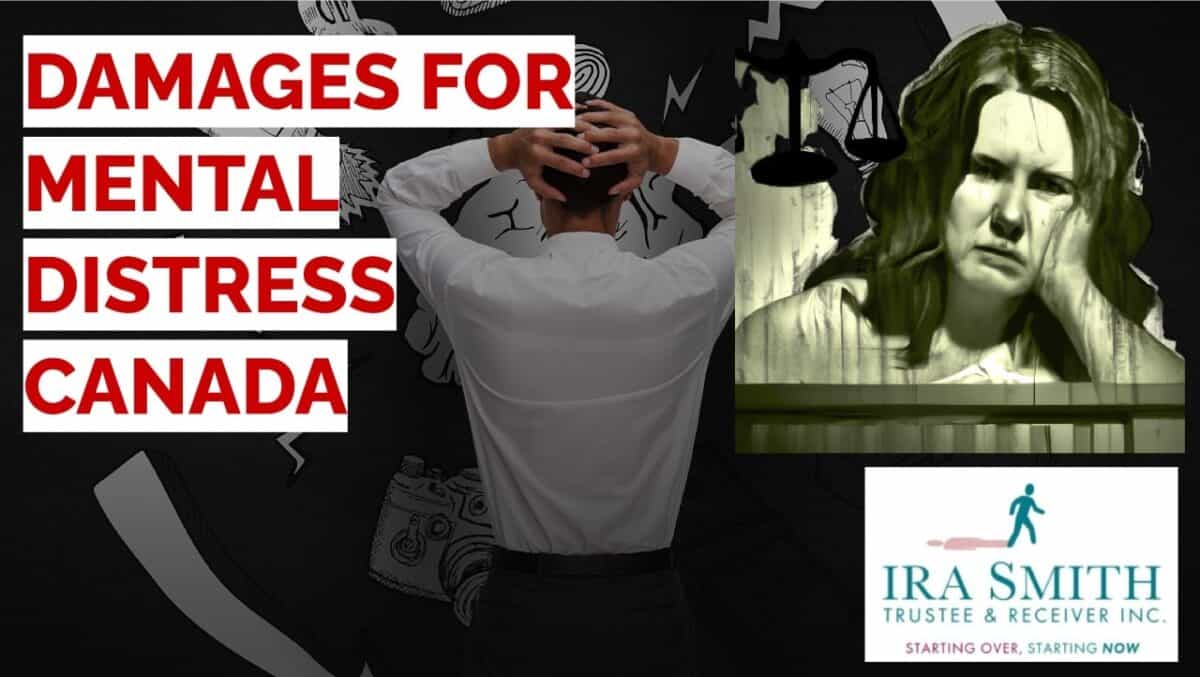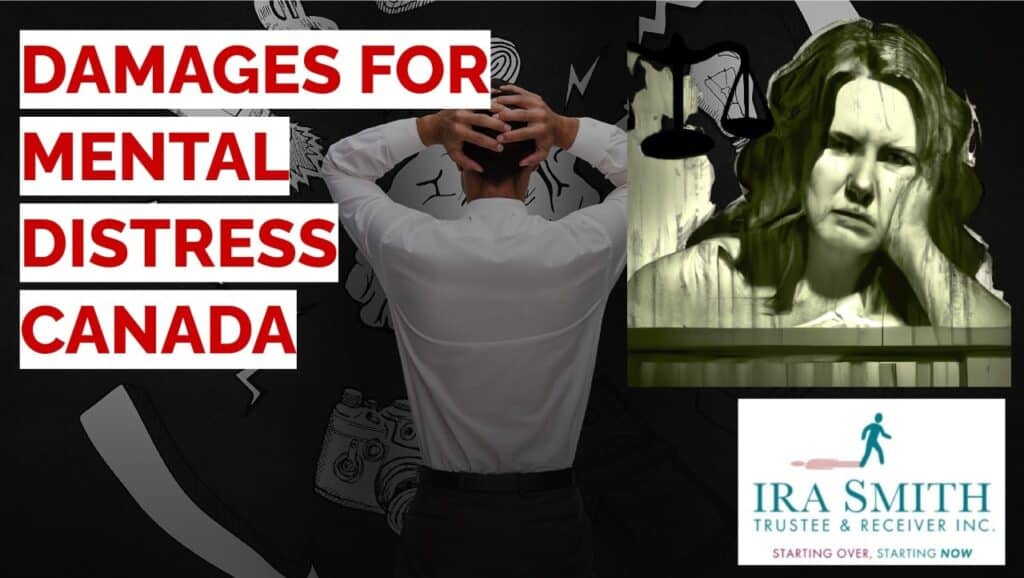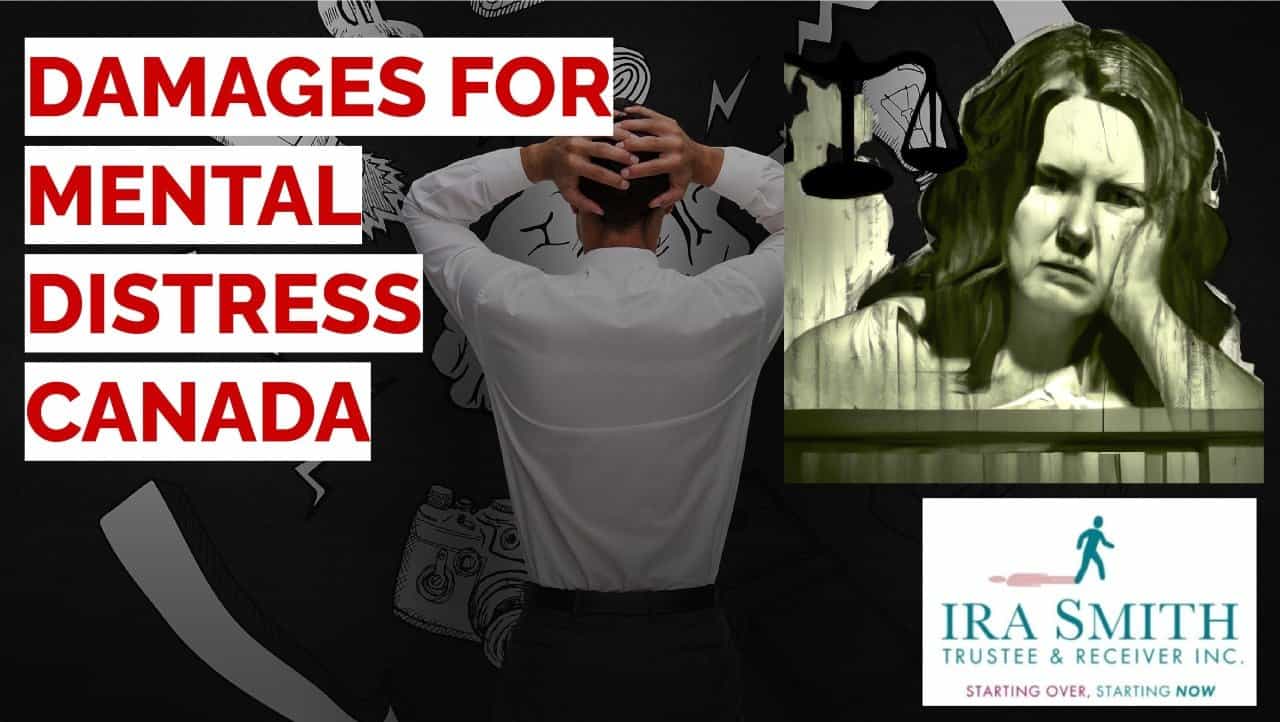Introduction to Chelsea Hillier’s Defamation Case
As I delve into the intriguing case of Chelsea Hillier, it becomes apparent that her background and the subsequent defamation allegations have sparked a legal battle with profound implications. Let’s explore the intricacies of this complex situation.
In this blog, I delve into the intriguing defamation case of Chelsea Hillier, a bankrupt individual who found herself amid a legal battle due to online defamation. Join me as we uncover the details of the case, the court rulings, and the aftermath that followed.
Defining A Defamation Case and Forms of Defamation
What is defamation?
In Canada, defamation is any intentional or negligent false communication, whether written or spoken, that harms a person’s reputation or exposes them to ridicule, belittling, or contempt.
Types of defamation: libel and slander
The concept of defamation can have two possible parts; libel and slander. There is a distinction between libel and slander.
Written defamation (libel)
Libel is defamation either in writing or some other permanent form. Section 298(1) of the Canadian Criminal Code (R.S.C., 1985, c. C-46) defines a defamatory libel as any published material that is likely to injure someone’s reputation or make them the object of hatred, contempt, or ridicule, without lawful justification or excuse.
Spoken defamation (slander)
Slander is defamation that is not left permanently. Slander is more commonly associated with an oral statement. With slander, there generally will always be a fight waged between slander and freedom of speech.
The impact of defamation on individuals and organizations
Defamation is an act of harming the reputation of another person through a false statement or many of them. In the real world, defamation can lead to severe consequences, including damages to one’s reputation and livelihood. The criminal code and being found guilty of the criminal offence of criminal defamation is one thing.
But in the real world, the possibility of imprisonment is not going to provide any real satisfaction to the wronged party. The way to get compensated for the suffered damages because of the defamation of character is to start a civil suit action for a defamation claim.
Defamation in the digital age: online defamation and social media
In today’s digital world, the occurrence of online vilification and social media problems positions an expanding worry for people and businesses alike. The simplicity and rate at which misinformation can be distributed on the web have made it extra challenging to secure your reputation from baseless attacks.
Social network platforms, once hailed as tools for connection and interaction, have now ended up being places for disparagement and where a defamation case is born through the fast spread of disparaging and harmful stories. Consequently, people have to bear in mind the web content they share on the internet and the potential consequences of their activities in the digital age.
Understanding the legal ramifications of online defamation is crucial. While freedom of expression is a fundamental right, it is essential to remember that this right comes with obligations. Uploading or sharing false information concerning others can have seriously damaging consequences, both legally and personally.
People must exercise care and promote ethical and honest behaviour in their online interactions to prevent injury to others and find themselves on the wrong side of the law. In a world where reputations can be tainted with a single click, it is crucial to focus on respect and integrity in all online communications.
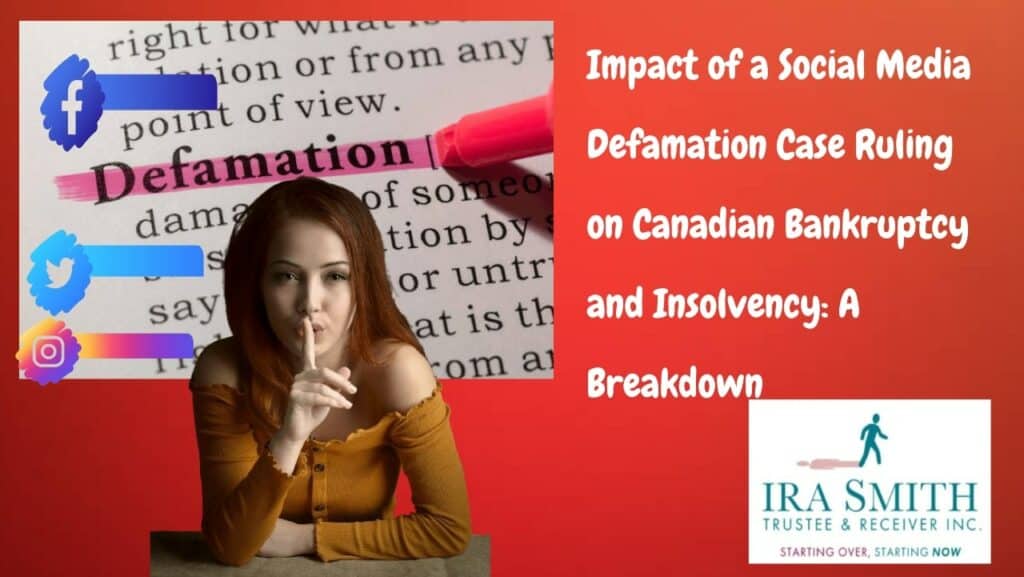
The Elements of a Defamation Claim
Probably the most publicized recent defamation case was the case study of defamation to character was the Amber Heard vs. Johnny Depp in the United States. Although I am not a lawyer and this blog is not meant as legal advice, I do wish to discuss my understanding of the elements required in a defamation case in Canada.
Making a defamatory statement
In legal terms, a defamatory statement is false and harmful to a person’s reputation. To be considered defamatory, the statement must harm the plaintiff’s character or standing in the community. This can include accusations of criminal behaviour, dishonesty, or incompetence.
It is important to note that the statement must be proven false for it to be considered defamatory. If a statement meets these criteria, the plaintiff may have grounds for a defamation lawsuit. It is crucial to exercise caution when making statements that could potentially harm someone’s reputation, as the consequences can be severe.
Identifying the statement’s recipients
In a defamation case making a defamation claim, it is imperative that the plaintiff accurately identifies the defendant as the individual or entity responsible for the defamatory statement. This process is essential in establishing the grounds for the lawsuit and ensuring that the appropriate party is held accountable for their actions.
A thorough and detailed identification of the defendant is crucial in providing clarity and direction to the legal proceedings. Failure to correctly identify the defendant can result in delays, confusion, and potential dismissal of the case. Therefore, it is paramount that the plaintiff diligently and accurately identifies the defendant to pursue a successful resolution to the claim.
Statement’s falseness and its effect on reputation
The statement must have a defamatory meaning, which is a false and harmful statement that tends to harm the plaintiff’s reputation. For a statement to be considered defamatory, one of the key elements that must be proven is publication. The defendant must have shared the defamatory statement with a third party, someone other than the plaintiff. This includes written words in a letter or publication, or even online posts on social media platforms.
The act of publication is crucial in defamation cases as it demonstrates that the harmful information was disseminated to a wider audience, potentially causing damage to the plaintiff’s reputation. Individuals need to exercise caution and responsibility when sharing information to avoid potential legal consequences.
Damage to reputation and emotional distress caused
In defamation cases, the plaintiff must establish that they have suffered harm directly caused by the defamatory statement. This harm can materialize in various forms, such as damage to the plaintiff’s needs to compile reputation, financial losses, or other detrimental effects. Without concrete proof of harm, a defamation lawsuit may not stand in a legal setting.
Therefore, the plaintiff needs to compile relevant documentation and evidence to substantiate their claim of harm, whether through witness accounts, financial records, or other verifiable means. Demonstrating damage is a fundamental aspect of proving the legitimacy of a defamation case and necessitates thorough documentation and validation to pursue legal redress.
Defenses against defamation claims
There are several possible defenses against defamation claims. Some of the most common defences include:
- Truth: The defendant can argue that the statement is true, and therefore, not defamatory. The burden of proof is on the defendant to prove the truth of the statement. Fair comment: The defendant can argue that the statement is a fair comment on a matter of public interest. This defense is often used by journalists, politicians, and others who make comments about public figures or issues.
- Privilege: The defendant can argue that the statement is protected by privilege, which means that it is made in a context where the speaker has a qualified privilege to make the statement. Examples of privileged statements include statements made in Parliament, in court, or a confidential communication.
- Honest opinion: The defendant may assert that the statement constitutes an honest opinion, and hence, is not defamatory. This defense is commonly invoked by individuals when making subjective remarks about a person or entity. Context: The defendant can argue that the statement is not defamatory because it is made in a context that makes it clear that it is not meant to be taken literally. For example, a statement made in a joke or a metaphor may not be defamatory if it is clear that it is not meant to be taken seriously.
- Absolute privilege: The defendant can argue that the statement is protected by absolute privilege, which means that it is made in a context where the speaker has absolute immunity from liability. Examples of absolute privilege include statements made in court or a confidential communication.
- Qualified privilege: The defendant can argue that the statement is protected by qualified privilege , which means that it is made in a context where the speaker has a qualified privilege to make the statement. Examples of qualified privilege . Therefore include statements made in a confidential communication or a communication made in good faith. Innocent dissemination: The defendant can argue that they did not know or have reason to know that the statement was defamatory, and therefore, should not be held liable.
- Innocent dissemination: The defendant can argue that they did not know or have reason to know that the statement was defamatory, and therefore, should not be held liable.
- Spoliation: The defendant can argue that the plaintiff has destroyed or tampered with evidence that would have helped to prove the truth or falsity of the statement. Therefore, the plaintiff should not be able to recover damages.
- Statute-barred: The defendant can argue that the plaintiff has delayed in bringing the claim, and therefore, the claim is statute-barred or should be dismissed due to the passage of time. It’s worth noting that the availability of these defences may depend on the specific circumstances of the case, and the court may consider other factors when determining whether a defense is available.
The burden of proof in a defamation case
In a defamation case within the Canadian legal system, the burden of proof typically follows these guidelines:
- The plaintiff, who initiates the claim, is responsible for demonstrating that the defendant made a defamatory statement about them.
- The plaintiff must also provide evidence that the statement was disseminated to a third party rather than solely being known to the plaintiff.
- It is incumbent upon the plaintiff to establish that the statement carried a defamatory meaning, characterized by being both false and damaging to the plaintiff’s reputation.
- The plaintiff must further substantiate that the defendant acted recklessly or negligently in making the defamatory statement.
Overview of Chelsea Hillier’s Background and the Defamation Case Allegations
Chelsea Hillier, the daughter of former MPP Randy Hillier, found herself embroiled in a legal quagmire due to her online behaviour. The saga began with a series of defamatory tweets posted on her ‘weaponized’ Twitter account, targeting her former friend, Esther Post. These tweets falsely accused Post, a sessional lecturer at Carleton University, of unethical behaviour, leading to a contentious legal battle.
In June 2022, the Honourable Madam Justice Gomery found Hillier guilty of defamation, highlighting the significant harm caused by her reckless online conduct. The court ordered Hillier to pay $85,000 in damages and additional legal fees to Post, underscoring the severe repercussions of her actions.

Relationship Between Chelsea Hillier and Esther Post Leading to the Legal Battle
The relationship between Chelsea Hillier and Esther Post dates back to 2008 when Post was Hillier’s instructor at Carleton University. What began as a close friendship deteriorated due to Hillier’s extremist views on the COVID-19 pandemic, mirroring those of her father.
The fallout culminated in a series of defamatory tweets by Hillier, including false accusations and the dissemination of private photos from Post’s wedding. Post, rightfully aggrieved by these actions, pursued legal recourse, resulting in a protracted legal battle that exposed the dark underbelly of online behaviour.
The legal ramifications of this case extend beyond mere monetary compensation, shedding light on the broader implications of social media conduct and the legal responsibilities that accompany online interactions.
Defamation Case: The Defamation Allegations
As I delve into the details of the defamation case involving Chelsea Hillier, it’s evident that the repercussions of her actions have been significant. The defamatory tweets she posted not only tarnished her reputation but also led to legal battles with severe consequences.
Details of the Defamatory Tweets
Chelsea Hillier’s tweets, posted on her Twitter account, targeted Esther Post with false accusations of drugging and inappropriate behaviour. These tweets, intended to harm Post, resulted in a ruling against Hillier for causing psychological harm through online harassment.
The tweets, weaponized to spread misinformation and malice, showcased a blatant disregard for the truth and ethical online conduct. Despite Hillier and Post’s friendship, the defamatory posts’ fallout was irreparable.
Legal Implications and Subsequent Bankruptcy Consequences
The legal ramifications of Hillier’s actions were severe. Post was successful in obtaining judgment against Hillier in the total amount of about $100,000. Facing this debt that she could not pay, Hillier filed an assignment in bankruptcy, thinking she would outsmart Post. As discussed below, it did not quite work out that way.
Esther Post’s pursuit of justice in her defamation action exemplifies the impact of social media’s legal implications and the need for accountability in online interactions. The ongoing battle for restitution underscores the long-lasting effects of defamatory actions and the importance of upholding integrity in digital communication.

Defamation Case Court Rulings and Legal Consequences
As we delve into the intricate web of court rulings and legal consequences surrounding the case of Chelsea Hillier, it becomes evident that the ramifications of her actions extend far beyond a mere declaration of bankruptcy. The analysis of the court rulings against Chelsea Hillier sheds light on the complexities of defamation cases and the enduring financial obligations that follow.
Chelsea Hillier’s journey through the legal system serves as a stark reminder of the repercussions of online behaviour and the profound impact it can have on individuals’ lives. Despite her attempts to absolve herself through bankruptcy, the courts have held her accountable for the damages inflicted on Esther Post due to defamatory statements made on social media.
Analysis of the Defamation Case Court Rulings
The court’s decision to uphold the $85,000 in damages plus additional legal fees underscores the gravity of Chelsea Hillier’s actions. The ruling of the Honourable Mr. Justice Stanley J. Kershman of the Ontario Superior Court emphasizes that bankruptcy does not serve as a shield against the consequences of intentional harm caused to others.
Post’s lawyer, David Shiller, aptly argued that bankruptcy laws are designed to protect honest debtors facing financial distress, not as an escape route for individuals evading their responsibilities. The legal system’s unwavering stance against misuse of bankruptcy in cases of deliberate harm sets a precedent for accountability and justice.
Section 178(1)(a.1)(i) of the BIA states that any award of damages by a court in civil proceedings in respect of bodily harm intentionally inflicted is not released by the bankrupt obtaining a discharge from bankruptcy. In other words, this kind of debt follows the person until the judgment is fully paid, even after bankruptcy.
This is not a novel situation. Courts across Canada have dealt with this type of issue before. Certain cases are extremely relevant to the Hillier bankruptcy case that lay out how defamation to character judgment claims are handled in the Canadian bankruptcy context and whether such a claim survives a person’s bankruptcy. The roadmap of prior cases I found are:
- Ross (Re), 2014 SKQB 352
- Burke v. Red Barn at Mattick’s Ltd., 2019 BCSC 69
- Cope v Gesualdi, 2021 CanLII 58972 (ON SCSM)
In short, these cases uphold the concept that civil liability for defamation from intentionally causing bodily harm is not a debt that can be discharged through bankruptcy. It also confirms that “bodily harm” includes negatively affecting the person’s mental health.
Financial Obligations Despite Declaring Bankruptcy
The saga of Chelsea Hillier brings to the forefront the stark reality that there is a limited class of debts that are not erased by declaring bankruptcy, especially in cases where harm has been inflicted intentionally. Hillier’s failure to comply with court orders and remove defamatory content led to further legal repercussions, including contempt of court charges and additional financial penalties.
Despite her bankruptcy filing, Hillier remains liable for the damages and legal costs incurred by Post, highlighting the enduring nature of this kind of legal obligation. The court’s decision to allow Post to pursue the owed amount through wage garnishment underscores the long-term consequences of failing to meet legal responsibilities.
The Bankruptcy Had No Impact On The Defamation Case
The complexities of Chelsea Hillier’s legal battle show the ramifications of declaring bankruptcy in the context of the defamation case come to light. Bankruptcy does not absolve one of financial obligations arising from the actual malice of untrue statements resulting in intentional harm caused by online behaviour.
The legal repercussions of bankruptcy in the defamation case involving Chelsea Hillier are profound. Despite her declaration of bankruptcy, the court ruled that she remains liable for the actual damages and legal fees amounting to over $100,000. This ruling underscores the principle that bankruptcy laws are designed to protect honest debtors, not to enable individuals to evade certain obligations without any penalty.
Moreover, the ongoing financial obligations for Chelsea Hillier extend beyond mere monetary payments. The impact of her online behaviour, characterized by defamatory tweets, has far-reaching consequences. These actions not only led to legal repercussions but also inflicted psychological harm on the victim, Esther Post. The court’s decision to hold Hillier accountable emphasizes the importance of upholding ethical standards in online interactions.
It is crucial to recognize that declaring bankruptcy may not erase the consequences of one’s actions. In Chelsea Hillier’s case, the legal system has made it clear that accountability transcends financial matters. The defamation case serves as a stark reminder of the social media legal implications and the need for responsible online behaviour.
Defamation Case Conclusion
Reflecting on the case of Chelsea Hillier and its aftermath, it becomes evident that social media has the power to shape not just our virtual interactions but also our real-world relationships and legal standing. As we navigate the digital landscape, it is crucial to tread carefully, mindful of the impact our online actions can have on others and ourselves.
I hope you enjoyed this defamation case Brandon’s Blog. Do you or your company have too much debt? Are you or your company in need of financial restructuring? The financial restructuring process is complex. The Ira Smith Team understands how to do a complex restructuring. However, more importantly, we understand the needs of the entrepreneur or the person who has too much personal debt.
You are worried because you are facing significant financial challenges. It is not your fault that you are in this situation. You have been only shown the old ways that do not work anymore. The Ira Smith Team uses new modern ways to get you out of your debt troubles while avoiding bankruptcy. We can get you debt relief freedom.
The stress placed upon you is huge. We understand your pain points. We look at your entire situation and devise a strategy that is as unique as you and your problems; financial and emotional. The way we take the load off of your shoulders and devise a plan, we know that we can help you.
We know that people facing financial problems need a realistic lifeline. There is no “one solution fits all” approach with the Ira Smith Team.
That is why we can develop a restructuring process as unique as the financial problems and pain you are facing. If any of this sounds familiar to you and you are serious about finding a solution, contact the Ira Smith Trustee & Receiver Inc. team today.
Call us now for a free consultation. We will get you or your company back on the road to healthy stress-free operations and recover from the pain points in your life, Starting Over, Starting Now.
The information provided in this Brandon’s Blog is intended for educational purposes only. It is not intended to constitute legal, financial, or professional advice. Readers are encouraged to seek professional advice regarding their specific situations. The content of this Brandon’s Blog should not be relied upon as a substitute for professional guidance or consultation. The author, Ira Smith Trustee & Receiver Inc. as well as any contributors to this Brandon’s Blog, do not assume any liability for any loss or damage resulting from reliance on the information provided herein.


